When it comes to navigating the politics of healthcare, your starting point is understanding the political landscape around you. This is true whether you are joining a new-to-you organization or encountering a new leader, department, or issue for the first time at an existing organization.
If you are new to an organization, orienting to the political landscape can easily run simultaneously with onboarding to your new role. Similarly, if you are encountering a new department, leader, or issue for the first time, understanding the political landscape should be included as part of your overall research plan. Regardless of circumstance, your approach will include one or more of the following components:
(1) Identifying key leaders in the organization;
(2) Identifying key players in your market; and
(3) Developing and maintaining political awareness.
Over the course of the next few weeks, we’ll take a look at each of these in more detail, starting with identifying the key leaders in your organization.
Identifying Key Leaders in the Organization
When it comes to starting a new job, I tend to think of those first few months as similar to walking into a social gathering for the first time. When you first walk in, you’re not quite oriented to your surroundings. You don’t fully realize that some of the individuals around you are people you actually know. It just feels like a room full of strangers. At some point, though, mysteriously, you do orient to your surroundings and gain a sense of who is around you. Orienting to an organization feels very similar. At first your coworkers appear to be a group of strangers, but over time you’ll get to know them, their roles in the organization, and their backgrounds.
Who is a “Key Leader”?
For purposes of discussion, I broadly define a “key leader” to be anyone making business decisions for the organization with whom you routinely work. A key leader could be a member of your C-suite, a medical director, or another clinical leader. It could also be a department director, manager, or supervisor. “Key leaders” will be a term you will have to define for yourself.
If you are new to an organization, I strongly encourage you to identify your key leaders shortly after your first day on the job. If the opportunity doesn’t present itself organically, then initiate a discussion with your supervisor to identify these individuals.
The Meet and Greet.
Once you have identified your key leaders, the next step is setting up a meet and greet with each one on your list. Meet and greets have several benefits as they relate to understanding your political landscape. First, you gain an understanding of the key leader’s role in the organization. Whom does this leader report to? Which departments or personnel does he or she oversee? Which departments interact with this leader’s department? This information becomes invaluable when you need to leverage a leader’s support to fulfill a compliance program need. For example, if the leader has staff who haven’t completed mandatory training, establishing a connection with the leader can make it easier to ask for assistance in ensuring the employees complete their training.
Another benefit to these meetings is that you find out how the leader operates. You get a sense of their personality, management style, and work ethic. Additionally, you can pick up any behavioral characteristics, such as communication style (e.g., a direct or indirect communicator). This can be a beneficial insight when trying to figure out how best to communicate with the leader going forward.
Finally, these meetings can also be your entry point into developing political awareness, a topic will come back to in a couple weeks. For now, note that when you set up a meet and greet, the discussion can segue into a particular topic. If it does, you may start to see some of the leader’s political self-interests come out. For example, maybe he or she will express a strong opinion about compliance risk involving an organizational process that hasn’t been resolved.
While much of the above discussion is in the context of being new to an organization, meet and greets are also effective when you’ve been with an organization for some time. Inevitably, as you are working on an investigation or other compliance matter, you will encounter a new leader or department for the first time. When you do, you can always take time to set up a meet and greet with a new-to-you leader.
Pulling it All Together.
Taking the time to identify the key leaders in your organization is your starting point to understanding the political landscape around you. The more you build connections with the key leaders, the more you will come to understand how they think and operate. This will become valuable insight as you move forward in the approach of your compliance work.
Now that we’ve covered identifying key leaders, next week we will look outside the four walls of the organization by looking at who are the key players in your market.

